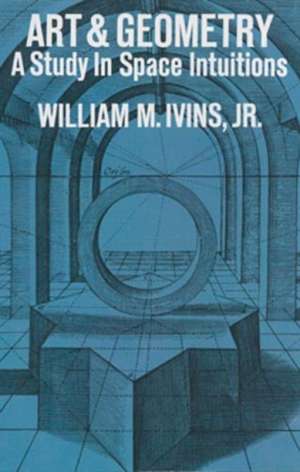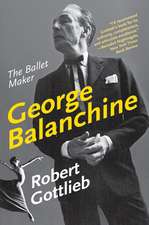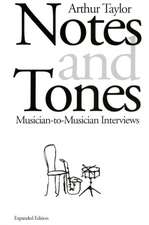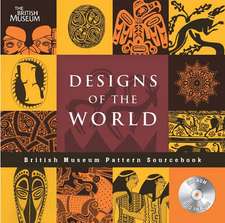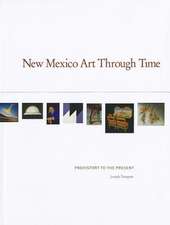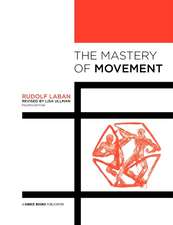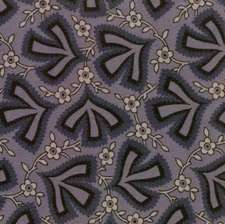Art and Geometry: A Study in Space Intuitions: Dover Books on Art History S
Autor Jr. Ivins, William Millsen Limba Engleză Paperback – 31 oct 2011
Preț: 53.39 lei
Nou
Puncte Express: 80
Preț estimativ în valută:
10.22€ • 10.60$ • 8.54£
10.22€ • 10.60$ • 8.54£
Carte disponibilă
Livrare economică 22 februarie-08 martie
Preluare comenzi: 021 569.72.76
Specificații
ISBN-13: 9780486209418
ISBN-10: 0486209415
Pagini: 128
Dimensiuni: 137 x 212 x 7 mm
Greutate: 0.14 kg
Editura: Dover Publications
Seria Dover Books on Art History S
ISBN-10: 0486209415
Pagini: 128
Dimensiuni: 137 x 212 x 7 mm
Greutate: 0.14 kg
Editura: Dover Publications
Seria Dover Books on Art History S
Textul de pe ultima copertă
One of Western civilization's jealously guarded myths is that of Greek cultural supremacy. In this controversial study, William Ivins shows that the limitations of the Greek worldview actually hampered the development of the arts and sciences and gives a stimulating history of the new ideas of the Renaissance, especially in painting and geometry, that freed us from ancient misconceptions.Beginning with the Greeks, the author explains for the general reader the differences between ancient and Renaissance painting and sculpture, proving that the curiously static quality of Greek art arose from a misunderstanding of the laws of perspective. He then shows how this misunderstanding was corrected by Alberti, Pelerin, Durer, and other Renaissance artists who provided the first fruitful investigations of perspective. From there to projective geometry was but a step, and the author covers this major advance in our knowledge through the work of Nicholas of Cusa, Kepler, and Desargues.This book is perhaps the only concise history in English of the development of mathematical perspective and projective geometry. But the author's ability to relate styles in art to advances in geometry and his ingenious theory of the modern "visual" worldview and the Greek "tactile" worldview mean that his book will be provocative not only to mathematical historians but also to art historians and to anyone concerned with the history of thought, from philosopher to layman.
